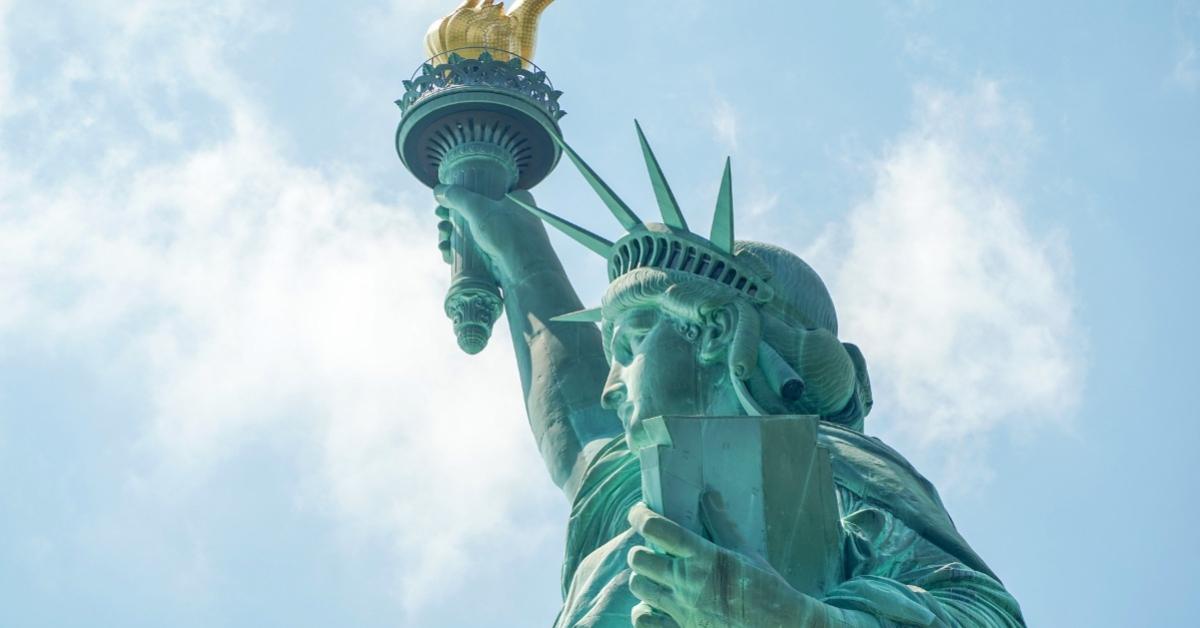The Constitution “is not a suicide pact,” said Justice Arthur Goldberg in the court’s opinion in the 1963 Supreme Court case of Kennedy v. Mendoza-Martinez. His statement highlights a fundamental truth: in times of crisis, governments often feel compelled to take extraordinary measures to protect their citizens and maintain order.
However, this desire to act swiftly and decisively can lead down a perilous path where the expansion of government power becomes a seemingly irreversible process. Welcome to the world of the ratchet effect.
What Is the Ratchet Effect?
This phenomenon gets its name from the mechanical device called a ratchet, which allows motion in one direction only. Just as a ratchet prevents backward movement, the ratchet effect ensures that government power advances inexorably, never retreating to previous levels.
The ratchet effect theory, as popularized by Robert Higgs in his book Crisis and Leviathan, refers to the tendency of governments to respond to crises by implementing new policies, regulations, and laws that significantly enhance their powers. These measures are typically presented as temporary solutions to address specific problems. However, in history, these measures often outlast their intended purpose and become a permanent part of the legal landscape.
The Ratchet Effect in Action
The USA PATRIOT Act, enacted in response to the 9/11 attacks, exemplifies this trend. Intended to enhance national security, it granted sweeping new powers to intelligence agencies, including authorizing “sneak and peek” searches under Section 213. These types of searches allowed delayed notification of search warrants, permitting law enforcement to secretly enter private premises without immediately informing the owner, raising Fourth Amendment concerns.
The act also greatly expanded the definition of “domestic terrorism” to include activities that seem intended to influence government policy through intimidation or coercion, without requiring evidence of actual violence. This broadened definition gave law enforcement enhanced leeway to investigate activist groups engaged in nonviolent advocacy and protest activities.
Yet, despite the lapse of two decades since 9/11, these provisions persist, normalizing extraordinary intrusions into privacy. This illustrates how emergency measures can become entrenched through the ratchet effect, as the ongoing fear of terrorism fossilizes exceptions to civil liberties into standard practice long after the initial crisis has passed.
Similarly, the 2008 global financial crisis prompted governments worldwide to impose rigorous regulatory frameworks on financial institutions. Although conceived as stopgap measures, these restrictions have proven remarkably durable, constraining economic growth and innovation. The specter of another devastating crash continues to justify the existence of these restrictions, disregarding the adverse effects on entrepreneurship and personal autonomy.
More recently, the covid-19 pandemic has brought the ratchet effect back into sharp focus. Governments have instituted a range of controls to contain the virus, from lockdowns and travel restrictions to mask mandates and vaccination requirements. While some of these measures—it could be argued—may have been appropriate in the short term, their prolonged implementation raises concerns about creeping authoritarianism. As fear and uncertainty persist, there is a growing risk that these temporary…
